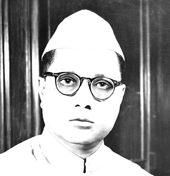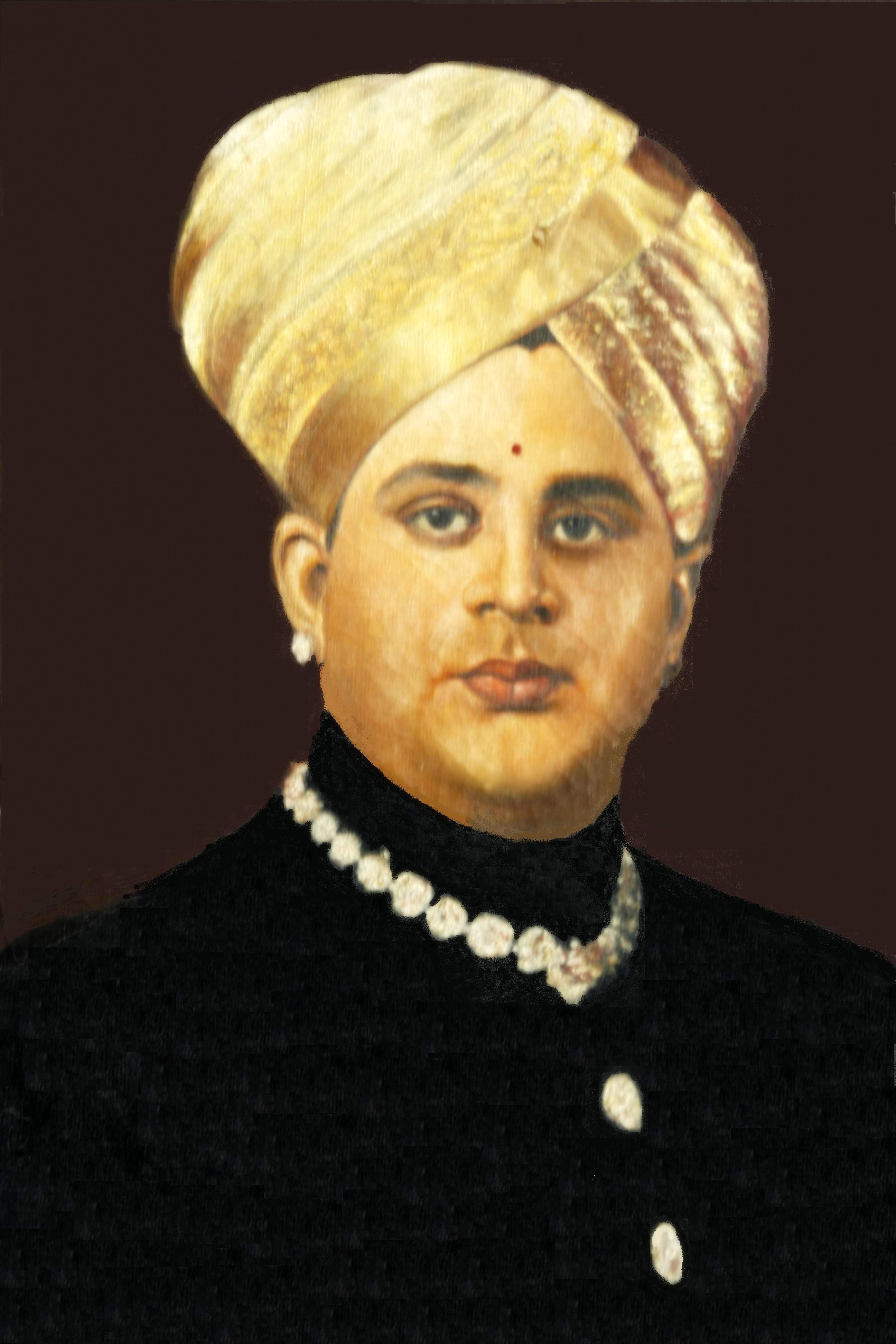|
Chief Ministers Of Karnataka
The chief minister of Karnataka, formerly known as the chief minister of Mysore, is the chief executive officer of the government of the Indian state of Karnataka. As per the Constitution of India, the governor of Karnataka is the state's ''de jure'' head, but ''de facto'' executive authority rests with the chief minister, a template applicable to all other Indian states. Following elections to the Karnataka Legislative Assembly, the governor usually invites the political party (or a coalition of political parties) with a majority of assembly seats to form the government in the state. The governor appoints the chief minister, whose council of ministers is collectively responsible to the assembly. Given that he has the confidence of the assembly, the chief minister's term is for five years, renewable, and is subject to no term limits.Durga Das Basu. ''Introduction to the Constitution of India''. 1960. 20th Edition, 2011 Reprint. pp. 241, 245. LexisNexis Butterworths Wadhwa Nagpur. ... [...More Info...] [...Related Items...] OR: [Wikipedia] [Google] [Baidu] |
Emblem Of Karnataka
The Emblem of Karnataka is the state emblem of Karnataka, India. The emblem is based on that of the Kingdom of Mysore is carried on all official correspondences made by the Government of Karnataka. Design The emblem has a red shield charged with a white two-headed bird, Gandabherunda bordered in blue. The crest depicts the Lion Capital of Ashoka (also used as the emblem of the Government of India), on a blue circular abacus with a blue frieze carrying sculptures in high relief of a galloping horse on the left, a Dharmachakra in centre, a bull on the right, and the outlines of Dharmachakras on the extreme left and right as part of Sarnath's Emblem of India, Ashoka Pillar. The shield is flanked on either side by red-maned, yellow lion-elephant indicating the auspicious mythological character *Gajakesari* a hybrid form of two wise and powerful animals Lion and Elephant - a mythical creature believed to be auspicious and indicate strength, authority, and intelligence. The power of ... [...More Info...] [...Related Items...] OR: [Wikipedia] [Google] [Baidu] |
Diwan Of Mysore
The diwan of Mysore, also spelled dewan of Mysore, synonymously the prime minister of Mysore, was the ''de-facto'' chief executive officer of the government of the Kingdom of Mysore and the prime minister and royal adviser to the Maharaja of Mysore. The role evolved in name and responsibilities since the foundation of the fiefdom of Mysore in 1350 and its proper reformation into a kingdom in the following centuries until the kingdom's full abolishment in 1950. With the constitution of India into a republic in 1950, the position was replaced by Chief Minister of Mysore (later renamed Chief Minister of Karnataka). From offering minor political advice to the monarch as ''amatya'' (Sanskrit for minister) like in the Vijayanagara Empire to later acting as a major military chieftain as ''dalvoy'' (Kannada for military chief) like in other southern kingdoms to being the head of the government as '' diwan'' (Persian/Urdu for accountant or chief adviser) like in the Ottoman Empire, th ... [...More Info...] [...Related Items...] OR: [Wikipedia] [Google] [Baidu] |
Kingdom Of Mysore
The Kingdom of Mysore was a realm in South India, southern India, traditionally believed to have been founded in 1399 in the vicinity of the modern city of Mysore. From 1799 until 1950, it was a princely state, until 1947 in a subsidiary alliance with Presidencies and provinces of British India, British India. The British took Direct Control over the Princely state, Princely State in 1831.Rajakaryaprasakta Rao Bahadur (1936), p383 It then became Mysore State (later enlarged and renamed to Karnataka) with its ruler remaining as Rajapramukh until 1956, when he became the first Governor of the reformed state. The kingdom, which was founded and ruled for most part by the Hindu Wodeyar family, initially served as feudatories under the Vijayanagara Empire. The 17th century saw a steady expansion of its territory and during the rule of Kanthirava Narasaraja I, Narasaraja Wodeyar I and Chikka Devaraja, Chikka Devaraja Wodeyar, the kingdom annexed large expanses of what is now southern ... [...More Info...] [...Related Items...] OR: [Wikipedia] [Google] [Baidu] |
Diwan Of Mysore
The diwan of Mysore, also spelled dewan of Mysore, synonymously the prime minister of Mysore, was the ''de-facto'' chief executive officer of the government of the Kingdom of Mysore and the prime minister and royal adviser to the Maharaja of Mysore. The role evolved in name and responsibilities since the foundation of the fiefdom of Mysore in 1350 and its proper reformation into a kingdom in the following centuries until the kingdom's full abolishment in 1950. With the constitution of India into a republic in 1950, the position was replaced by Chief Minister of Mysore (later renamed Chief Minister of Karnataka). From offering minor political advice to the monarch as ''amatya'' (Sanskrit for minister) like in the Vijayanagara Empire to later acting as a major military chieftain as ''dalvoy'' (Kannada for military chief) like in other southern kingdoms to being the head of the government as '' diwan'' (Persian/Urdu for accountant or chief adviser) like in the Ottoman Empire, th ... [...More Info...] [...Related Items...] OR: [Wikipedia] [Google] [Baidu] |
Term Limit
A term limit is a legal restriction that limits the number of terms an officeholder may serve in a particular elected office. When term limits are found in presidential and semi-presidential systems they act as a method of curbing the potential for monopoly, where a leader effectively becomes " president for life". This is intended to protect a republic from becoming a ''de facto'' dictatorship. Term limits may be applied as a lifetime limit on the number of terms an officeholder may serve, or the restrictions may be applied as a limit on the number of consecutive terms they may serve. History Europe Term limits date back to Ancient Greece and the Roman Republic, as well as the Republic of Venice. In ancient Athenian democracy, many officeholders were limited to a single term. Council members were allowed a maximum of two terms. The position of Strategos could be held for an indefinite number of terms. In the Roman Republic, a law was passed imposing a limit of a single ter ... [...More Info...] [...Related Items...] OR: [Wikipedia] [Google] [Baidu] |
Cabinet Collective Responsibility
Cabinet collective responsibility, also known as collective ministerial responsibility, is a constitutional convention in parliamentary systems that members of the cabinet must publicly support all governmental decisions made in Cabinet, even if they do not privately agree with them. This support includes voting for the government in the legislature. Some Communist political parties apply a similar convention of democratic centralism to their central committee. If a member of the Cabinet wishes to openly object to a Cabinet decision then they are obliged to resign from their position in the Cabinet. Cabinet collective responsibility is related to the fact that if a vote of no confidence is passed in parliament, the government is responsible collectively, and thus the entire government resigns. The consequence will be that a new government will be formed or parliament will be dissolved and a general election will be called. Cabinet collective responsibility is not the same as ... [...More Info...] [...Related Items...] OR: [Wikipedia] [Google] [Baidu] |
Cabinet (government)
A cabinet is a body of high-ranking state officials, typically consisting of the executive branch's top leaders. Members of a cabinet are usually called cabinet ministers or secretaries. The function of a cabinet varies: in some countries, it is a collegiate decision-making body with collective responsibility, while in others it may function either as a purely advisory body or an assisting institution to a decision-making head of state or head of government. Cabinets are typically the body responsible for the day-to-day management of the government and response to sudden events, whereas the legislative and judicial branches work in a measured pace, in sessions according to lengthy procedures. In some countries, particularly those that use a parliamentary system (e.g., the UK), the Cabinet collectively decides the government's direction, especially in regard to legislation passed by the parliament. In countries with a presidential system, such as the United States, the Ca ... [...More Info...] [...Related Items...] OR: [Wikipedia] [Google] [Baidu] |
De Facto
''De facto'' ( ; , "in fact") describes practices that exist in reality, whether or not they are officially recognized by laws or other formal norms. It is commonly used to refer to what happens in practice, in contrast with ''de jure'' ("by law"), which refers to things that happen according to official law, regardless of whether the practice exists in reality. History In jurisprudence, it mainly means "practiced, but not necessarily defined by law" or "practiced or is valid, but not officially established". Basically, this expression is opposed to the concept of "de jure" (which means "as defined by law") when it comes to law, management or technology (such as standards) in the case of creation, development or application of "without" or "against" instructions, but in accordance with "with practice". When legal situations are discussed, "de jure" means "expressed by law", while "de facto" means action or what is practiced. Similar expressions: "essentially", "unofficial", "in ... [...More Info...] [...Related Items...] OR: [Wikipedia] [Google] [Baidu] |
De Jure
In law and government, ''de jure'' ( ; , "by law") describes practices that are legally recognized, regardless of whether the practice exists in reality. In contrast, ("in fact") describes situations that exist in reality, even if not legally recognized. Examples Between 1805 and 1914, the ruling dynasty of Egypt were subject to the rulers of the Ottoman Empire, but acted as de facto independent rulers who maintained a polite fiction of Ottoman suzerainty. However, starting from around 1882, the rulers had only de jure rule over Egypt, as it had by then become a British puppet state. Thus, by Ottoman law, Egypt was de jure a province of the Ottoman Empire, but de facto was part of the British Empire. In U.S. law, particularly after ''Brown v. Board of Education'' (1954), the difference between de facto segregation (segregation that existed because of the voluntary associations and neighborhoods) and de jure segregation (segregation that existed because of local laws that m ... [...More Info...] [...Related Items...] OR: [Wikipedia] [Google] [Baidu] |
Governor Of Karnataka
The Governor of Karnataka is the constitutional head of the Indian state of Karnataka. The governor is appointed by the president of India for a term of five years, and holds office at the president's pleasure. The governor is ''de jure'' head of the government of Karnataka; all its executive actions are taken in the governor's name. However, the governor must act on the advice of the popularly elected council of ministers, headed by the chief minister of Karnataka, which thus holds ''de facto'' executive authority in the state. The Constitution of India also empowers the governor to act upon his or her own discretion, such as the ability to appoint or dismiss a ministry, recommend President's rule, or reserve bills for the president's assent. Over the years, the exercise of these discretionary powers have given rise to conflict between the elected chief minister and the central government–appointed governor.Durga Das Basu. ''Introduction to the Constitution of India''. 1960. ... [...More Info...] [...Related Items...] OR: [Wikipedia] [Google] [Baidu] |
Constitution Of India
The Constitution of India (IAST: ) is the supreme law of India. The document lays down the framework that demarcates fundamental political code, structure, procedures, powers, and duties of government institutions and sets out fundamental rights, directive principles, and the duties of citizens. It is the longest written national constitution in the world. It imparts constitutional supremacy (not parliamentary supremacy, since it was created by a constituent assembly rather than Parliament) and was adopted by its people with a declaration in its preamble. Parliament cannot override the constitution. It was adopted by the Constituent Assembly of India on 26 November 1949 and became effective on 26 January 1950. The constitution replaced the Government of India Act 1935 as the country's fundamental governing document, and the Dominion of India became the Republic of India. To ensure constitutional autochthony, its framers repealed prior acts of the British parliament in A ... [...More Info...] [...Related Items...] OR: [Wikipedia] [Google] [Baidu] |
India
India, officially the Republic of India (Hindi: ), is a country in South Asia. It is the seventh-largest country by area, the second-most populous country, and the most populous democracy in the world. Bounded by the Indian Ocean on the south, the Arabian Sea on the southwest, and the Bay of Bengal on the southeast, it shares land borders with Pakistan to the west; China, Nepal, and Bhutan to the north; and Bangladesh and Myanmar to the east. In the Indian Ocean, India is in the vicinity of Sri Lanka and the Maldives; its Andaman and Nicobar Islands share a maritime border with Thailand, Myanmar, and Indonesia. Modern humans arrived on the Indian subcontinent from Africa no later than 55,000 years ago., "Y-Chromosome and Mt-DNA data support the colonization of South Asia by modern humans originating in Africa. ... Coalescence dates for most non-European populations average to between 73–55 ka.", "Modern human beings—''Homo sapiens''—originated in Africa. Then, int ... [...More Info...] [...Related Items...] OR: [Wikipedia] [Google] [Baidu] |




